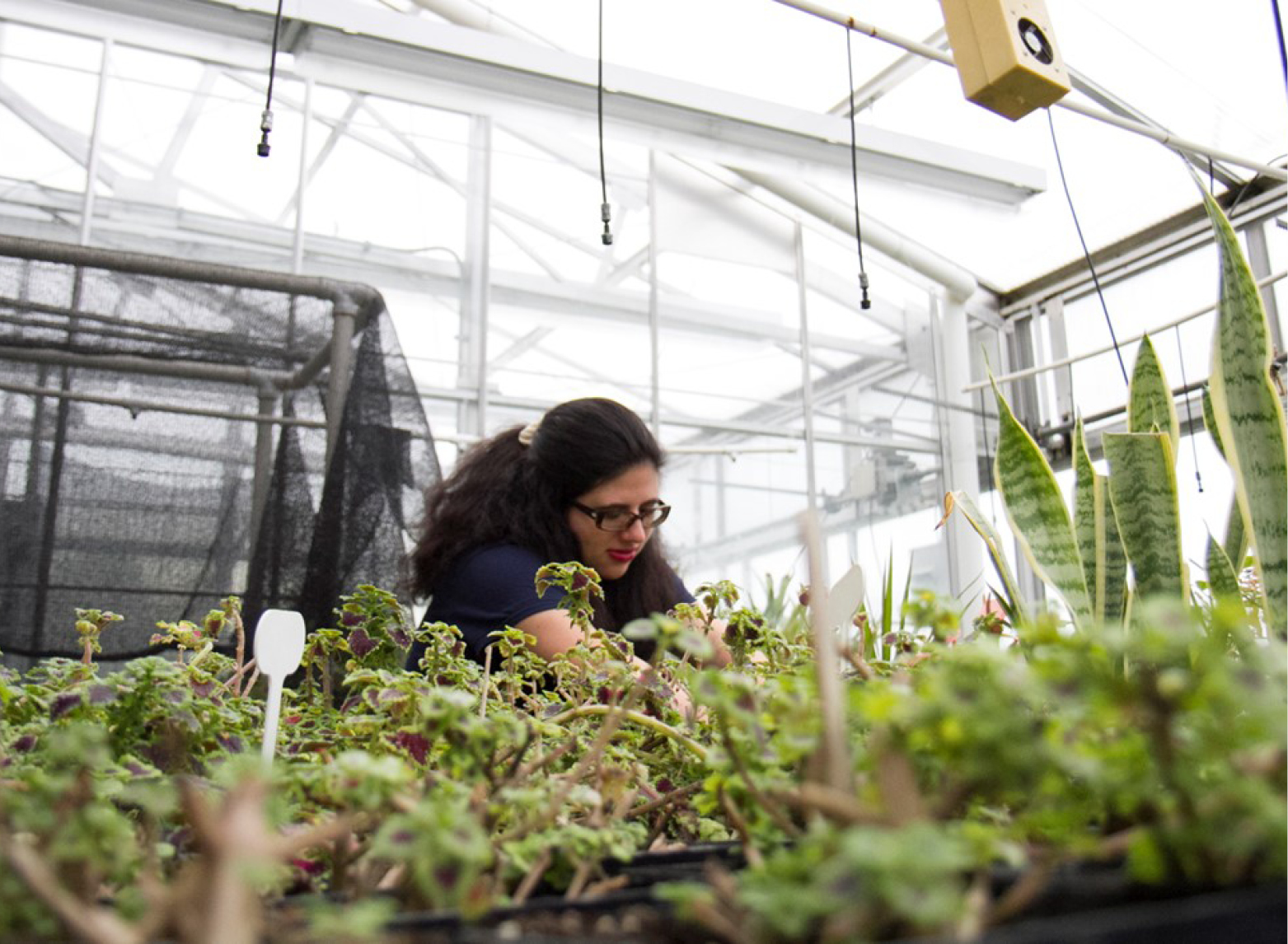Implementation of Open Educational Resources in Biology Courses
Anoka Technical College, Century College, Saint Paul College, and St. Cloud Community and Technical College
 Background
Background
One challenge facing students today is high textbook costs, which pose a particularly difficult obstacle at community and technical colleges, where students typically have lower incomes and textbooks constitute a larger proportion of the overall cost of education. To address this, many advocate for using open-source textbooks, which are free in a digital format. However, concerns have been raised about the quality and efficacy of open textbooks.
We investigated these concerns by collecting data from general biology classes at four community and technical colleges implementing traditionally published (non-open) and open textbooks.
This project took place from 2017-2018 and was funded through our first OER grant of around $25,000. We partnered with four faculty from four institutions: Kristyn VanderWaal Mills (Anoka Technical College and Saint Paul College), Joanna Cregan (Saint Paul College), Mark Gucinski (St. Cloud Community and Technical College), and Michelle LeBeau (Century College).
We compared student outcomes, textbook utilization methods, and perceptions of textbooks in these courses. In generalized linear statistical models, book type (open vs. non-open) did not significantly influence measured student outcomes. Additionally, survey results found that students and faculty perceived the open textbook as equal in quality to other textbooks. However, results also suggested that student textbook use did not always align with faculty expectations. For example, 30% of students reported reading their textbooks compared with 85% of faculty expecting students to read the textbook. Finally, faculty who implemented open textbooks expected the textbook to be used more often for reference and review compared with faculty who use traditional textbooks. Our work was published in a peer-reviewed education journal in 2019. Read the full paper.
Our second Innovation Funding project expanded on the first OER grant. During the discussions with biology faculty, it came up several times that one hurdle to adoption of OER is the lack of online supplemental materials. One option for professors who switch to OER and want a completely free option is to forgo online assignments altogether. This, however, is not a popular choice, especially for online or hybrid-online students. A second option for professors who switch to OER is create their own online assignments through D2L. This option again is not desirable as it is a huge time commitment and lacks a review process.
This Innovation Funding grant project created and disseminated D2L-based open source assignments for use in general biology, anatomy, and physiology courses. These three courses are good starting places as they are offered at most Minnesota State institutions and hence could have the largest impact. The assignments include review questions, videos, and activities to be most similar to the published online homework programs. We then peer-reviewed the assignments, and tested them with our own students in Fall 2018. We posted all of these quiz assignments to Opendora for other faculty to use if desired.
Type of Grant Received through Minnesota State Innovation Funding
- Large Seed Grant - $23,050
- Sustaining Grant - $10,000
-
Implementation of Open Textbooks in Community and Technical College Biology Courses: The Good, the Bad, and the Data - Life Science Education
- Find the open resources on Opendora
Contact
Minnesota State faculty, staff, and administrators interested in applying for an innovation funding grant can visit the Innovation Funding SharePoint (log in using StarID@MinnState.edu) to find more information and applications.